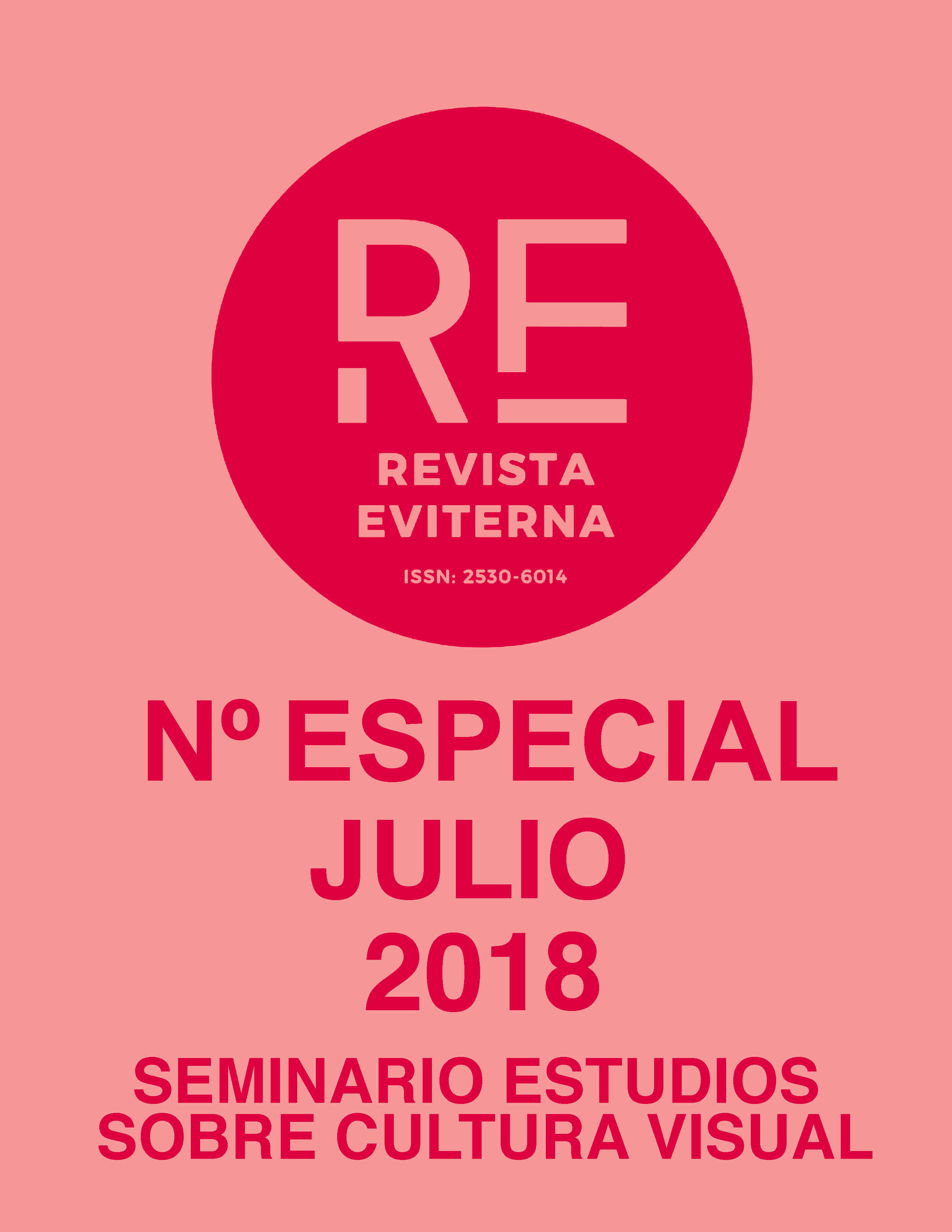(Re) visiting the Renaissance Florence
DOI:
https://doi.org/10.24310/Eviternare.v0i0.8223Keywords:
Renaissance; Florence; Italy; Videogames; Assassin´s Creed; History; ArtAbstract
Assassin's Creed is one of the most successful franchises in recent years in the videogames sector. In the next lines we will analyze its relationship with the recreation of specific historical-artistic periods. In this specific case we look at the Italy of the Renaissance, specifically in Florence during the second half of the 15th century. We will make an analysis of the different artistic landmarks produced in the capital of Tuscany, the most relevant characters of the moment and the various political intrigues that occurred in Florence, cradle of the Renaissance.
Downloads
Metrics
Publication Facts
Reviewer profiles N/A
Author statements
Indexed in
-
—
- Academic society
- N/A
- Publisher
- Universidad de Málaga
References
BAUDRILLARD, Jean. (1993), Cultura y Simulacro. Barcelona, Editorial Kairós.
BURKE, Peter. (2015), El Renacimiento italiano. Cultura y Sociedad en Italia. Madrid, Alianza Editorial.
CALABRESE, Omar. (2005), ‘’Otras inestabilidades: Los videojuegos’’, en La Era Neobarroca. Madrid, Ediciones Cátedra.
DOW, N. Douglas. (2013), ‘’Historical Veneers: Anachronism, Simulation, and Art History in Assassin’s Creed II’’, en WILHELM, M. y ELLIOT, A., (ed.), Playing with the Past. Londres, Bloomsbury Publishing.
PAOLUCCI, Antonio. (2012), Donatello. Milán, Skiera Editore.
TOMAN, Ralf. (ed.) (2006), Neoclasicismo y Romanticismo. Barcelona, Edit. H.f.ullmann.
VV.AA. (2012), Florencia. Arte y Arquitectura. Barcelona, Edit. H.f.ullmann, 2012
ZOPPI, Mariella y DONATI, Cristina (1997),Guida ai Chiostri e Cortili di Firenze. Florencia, Alinea Editrice.
http://dle.rae.es/srv/search?m=30&w=videojuego(Consultado: 13/2/2018)
http://mobilemarketingmagazine.com/big-brands-can-learn-mobile-gamesmarketers (Consultado: 13/2/2018)
http://www.vgchartz.com/game/12728/assassins-creed/?region=All(Consultado: 13/2/2018)
Downloads
Published
How to Cite
Issue
Section
License
All the contents published in Revista Eviterna are subject to the Creative Commons Reconocimento-NoComercia-Compartirigual 4.0 license, the full text of which can be found at <http://creativecommons.org/licenses/by-nc-sa/4.0>
They may be copied, used, disseminated, transmitted and publicly exposed, provided that:
The authorship and original source of your publication (Journal, editorial and URL of the work) are cited.
They are not used for commercial purposes.
The existence and specifications of this use license are mentioned.

Copyright is of two kinds: moral rights and patrimonial rights. Moral rights are perpetual, inalienable, inalienable, inalienable, inalienable and imprescriptible prerogatives.
In accordance with copyright legislation, Revista Eviterna recognizes and respects the moral rights of the authors, as well as the ownership of the economic right, which will be transferred to the University of Malaga for dissemination in open access.
The economic rights refer to the benefits obtained by the use or disclosure of the works. Revista Eviterna is published in open access and is exclusively authorized to carry out or authorize by any means the use, distribution, disclosure, reproduction, adaptation, translation or transformation of the work.
It is the responsibility of the authors to obtain the necessary permissions of the images that are subject to copyright.







12.png)



